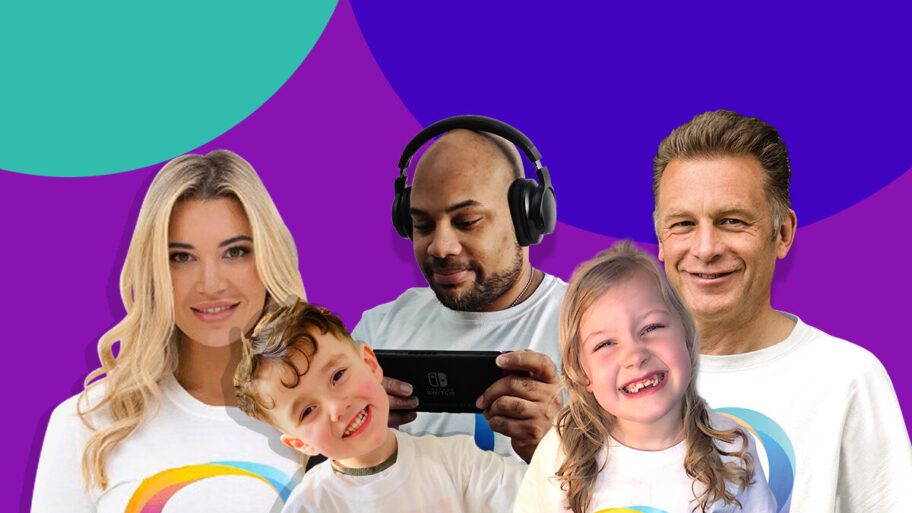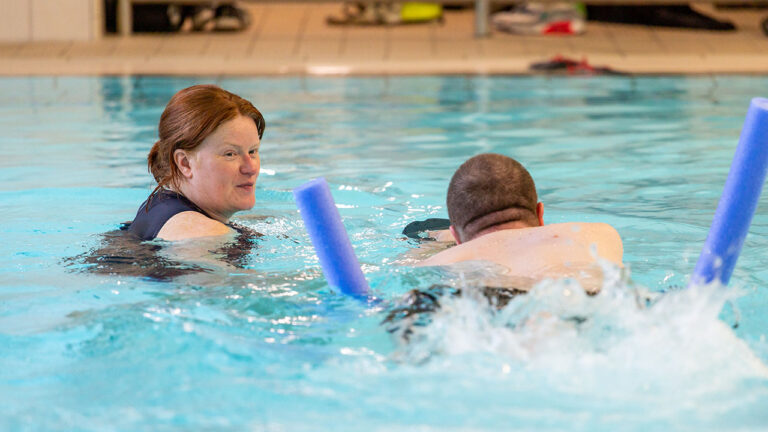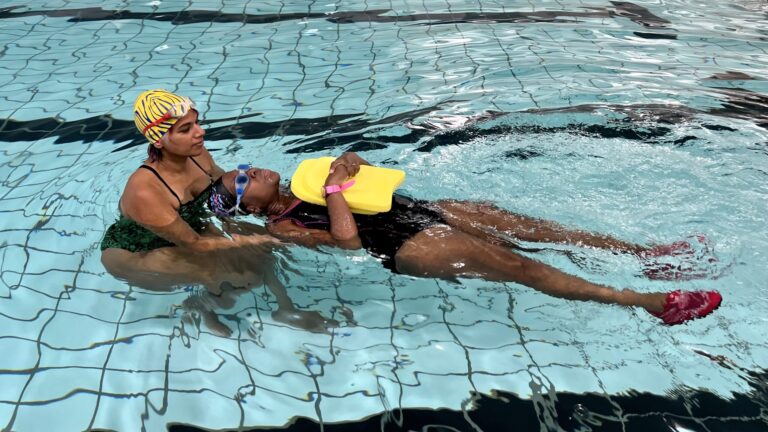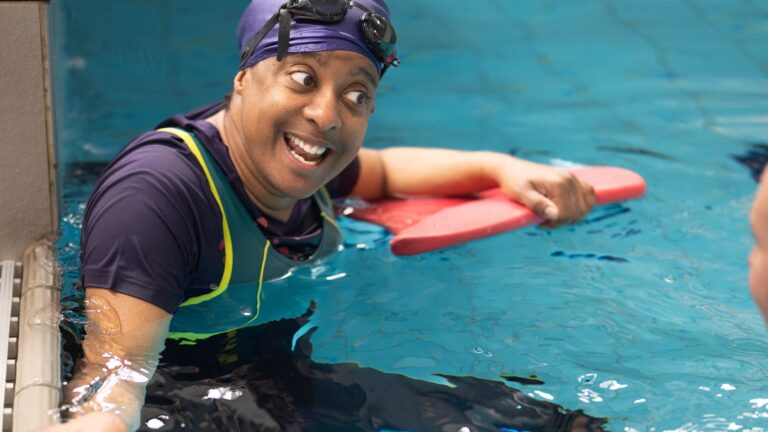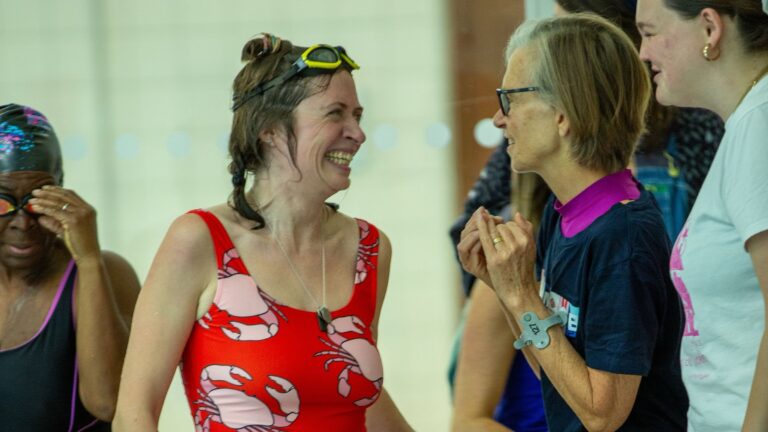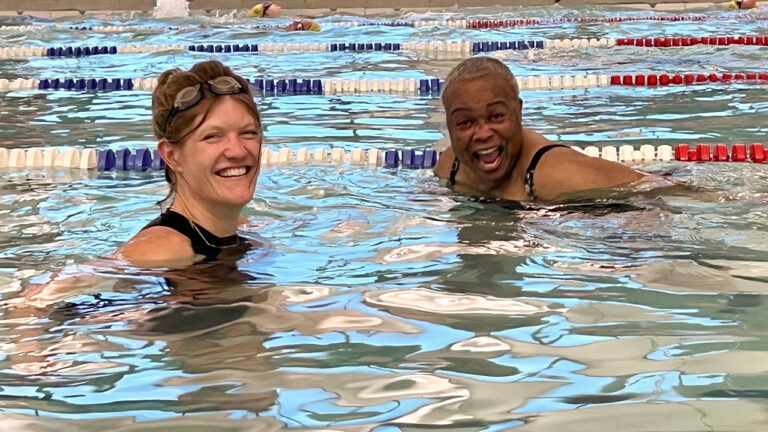We’re celebrating World Autism Awareness week. Autism is a spectrum disorder which means autistic people can have varying support needs: some require full-time care, whilst others may need a bit of support with their day-to-day activities or even live fully independent lives. According to the National Autistic Society, autism affects one in 100 people, and one-third of those also have a learning disability. Let’s hear from young people on the autism spectrum.
Since we’ve covered autism multiple times at WeSwim, thanks to Brandon who has talked to us about how to work with a swimmer with Asperger’s Syndrome and later how Covid-19 has affected him, we’ve decided to put a different angle to this blog to highlight the inequalities and intersectionalities of autism. We hope this will bring new perspectives to your view of autism.
Inequalities Faced by People with Autism
According to the Office for National Statistics, only 22% of people with autism are in employment, mostly because hiring practices and workplace environments present major obstacles for people with autism. Although the pandemic has further exacerbated the inequalities, new ways of working (including remote working and the use of new technologies) have also created opportunities for employees who have previously found it difficult to thrive in traditional workspace environments. One of the ways to alleviate the inequalities is to reconsider the way we think about autism, as described in this video.
Intersectionality with Autism
Intersectionality refers to the simultaneous experience of categorical and hierarchical classifications including but not limited to race, class, gender, sexuality, and nationality. For instance, if we look at gender: more boys and men are diagnosed with autism than girls and women. Although there are several theories to explain why knowledge about autism is constantly evolving. It’s important to further the research for both genders because they may have different needs, for example, to provide the right support to women with autism when they are pregnant.
Another type of intersectionality is people with autism who do not identify as the gender they were assigned at birth, which is known as gender dysphoria. There is some evidence to show that autistic people may be more likely than others to have gender dysphoria. However, there is little evidence about the reason(s) why.
Finally, there is a lack of research about the experience of people from Black, Asian and minority ethnic (BAME) groups. This means it can be even harder for autistic people in the BAME community to get the support they need. The key challenges likely revolve around five themes: getting a diagnostic, having access to support services, difficulties to communicate with professionals, awareness and understanding of autism, denial and isolation.
We hope you now have a better understanding of autism from this article so that you can pay attention to the people around you who may be neurodiverse and what role you could play to make the environment we live in better for them.
